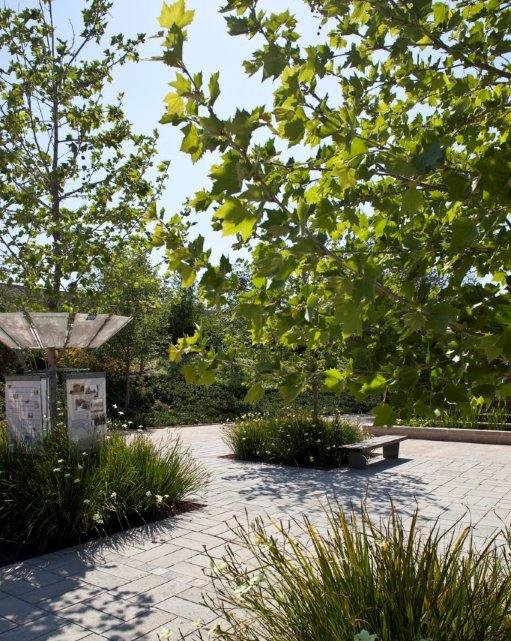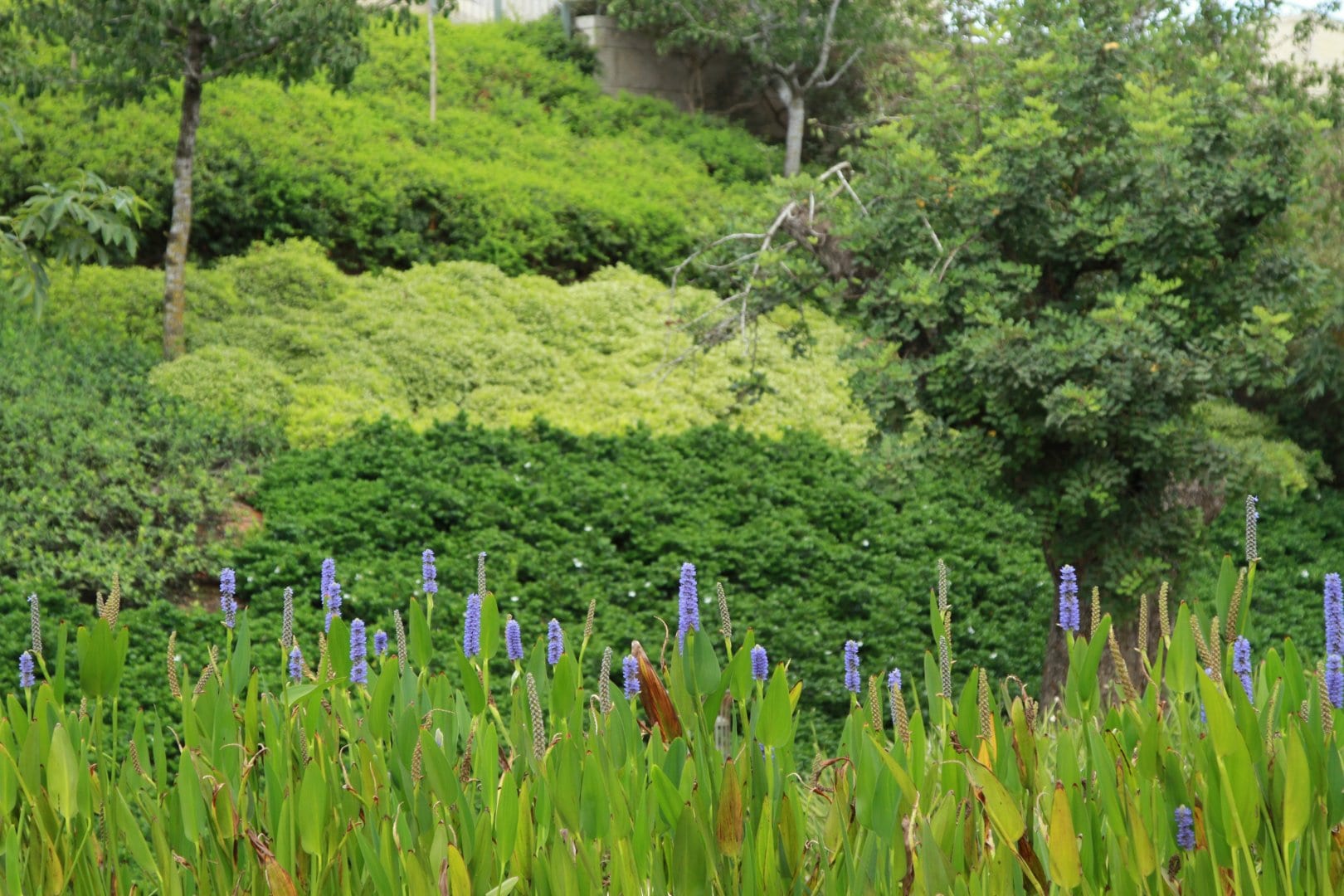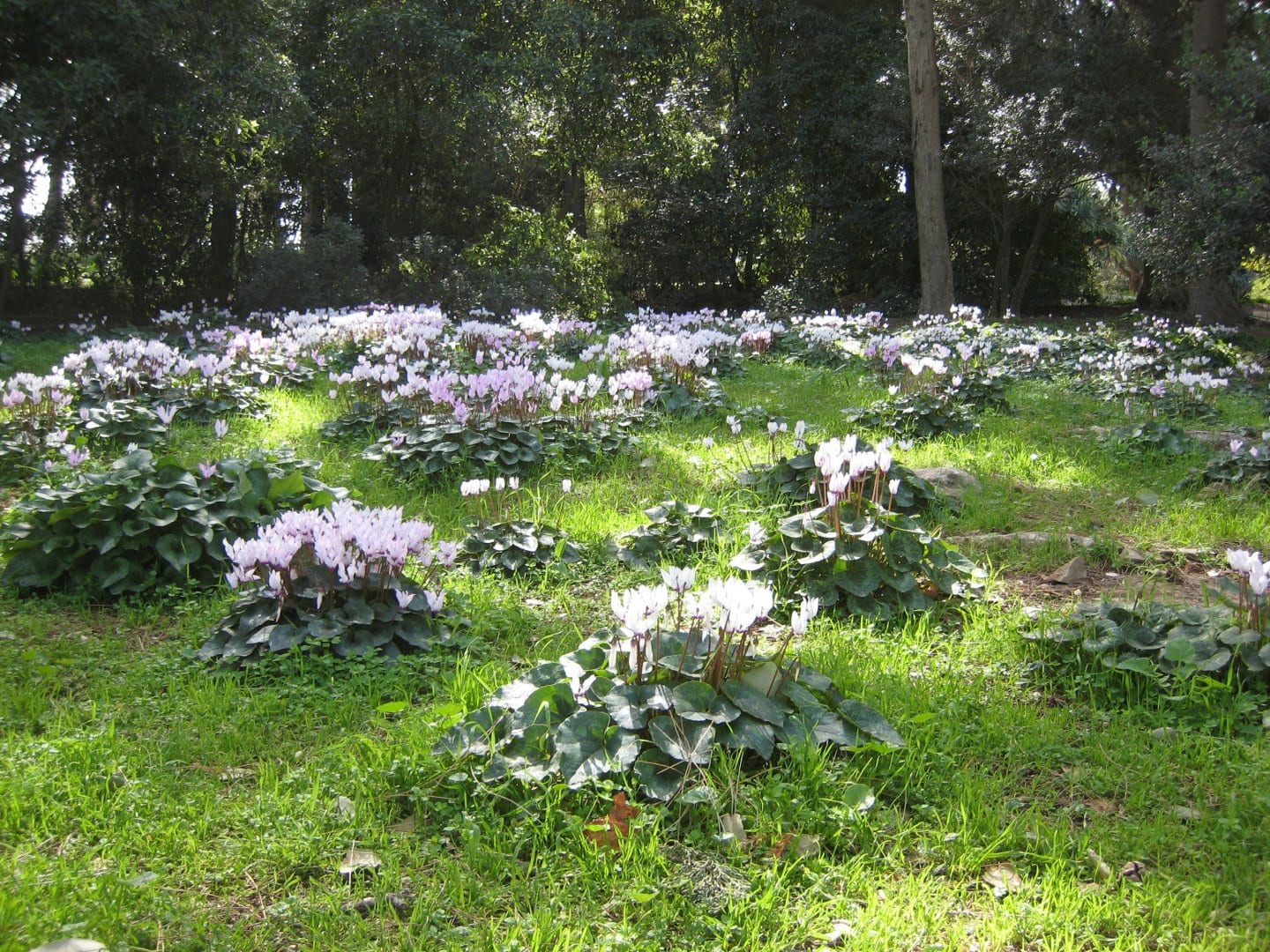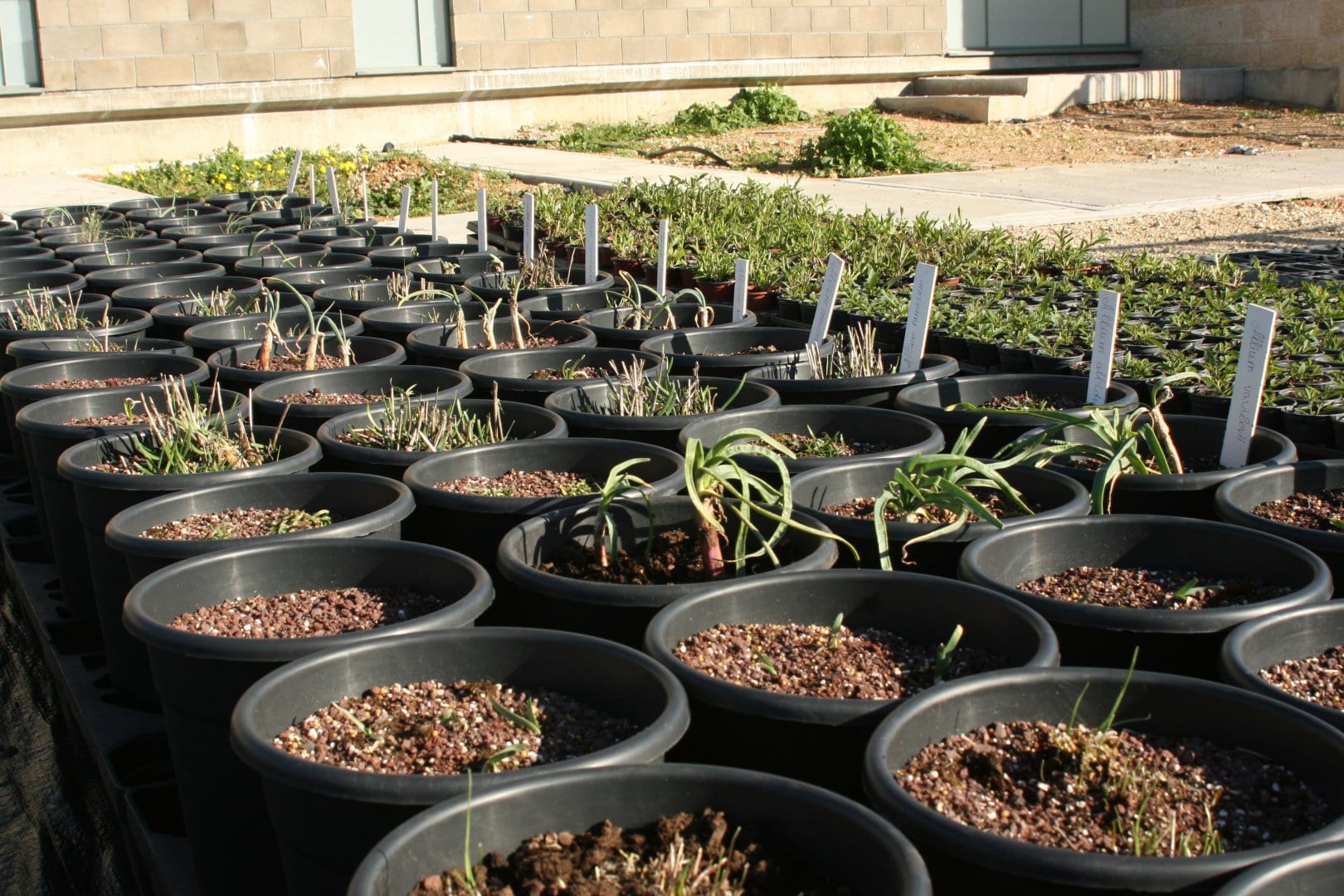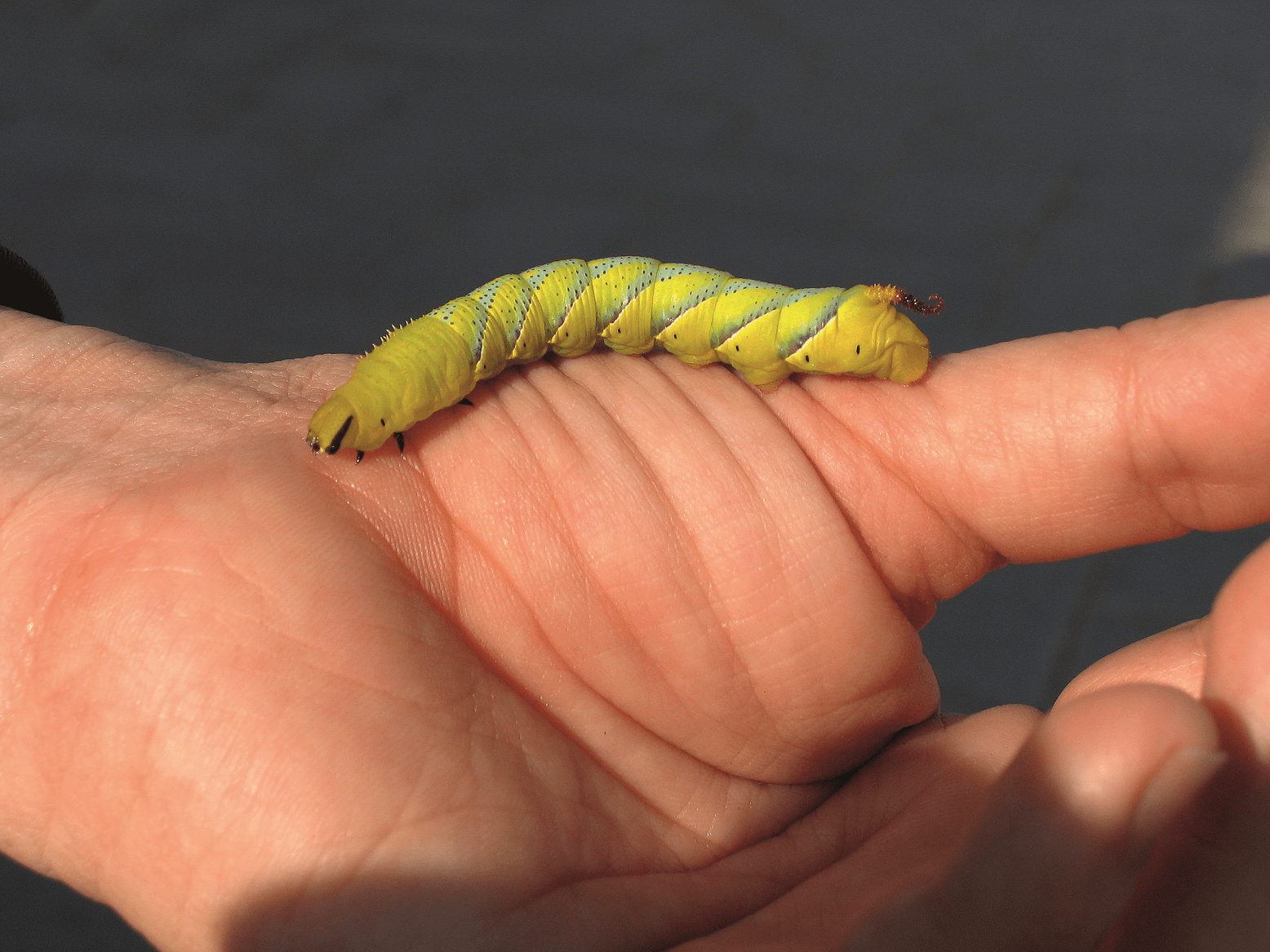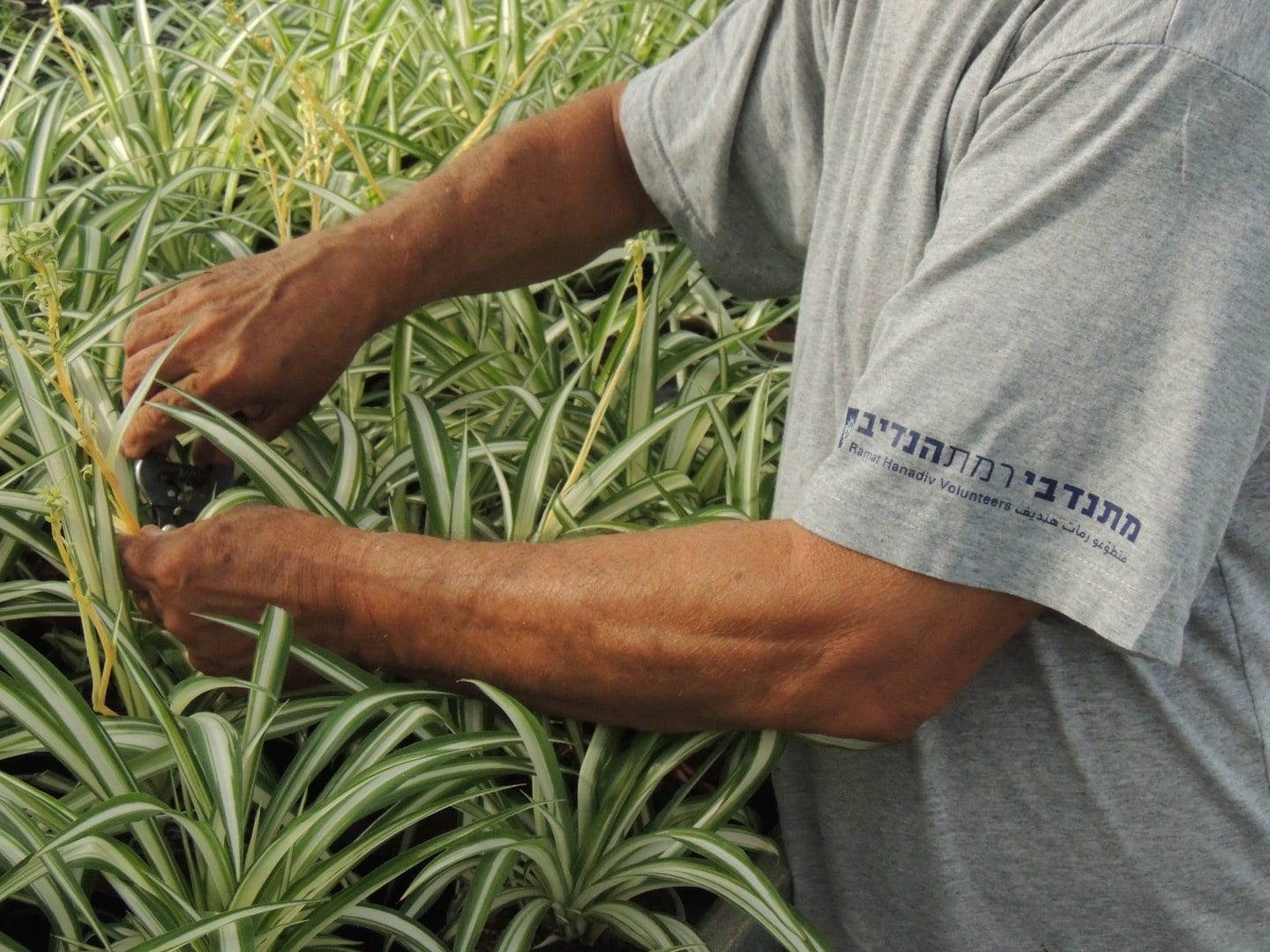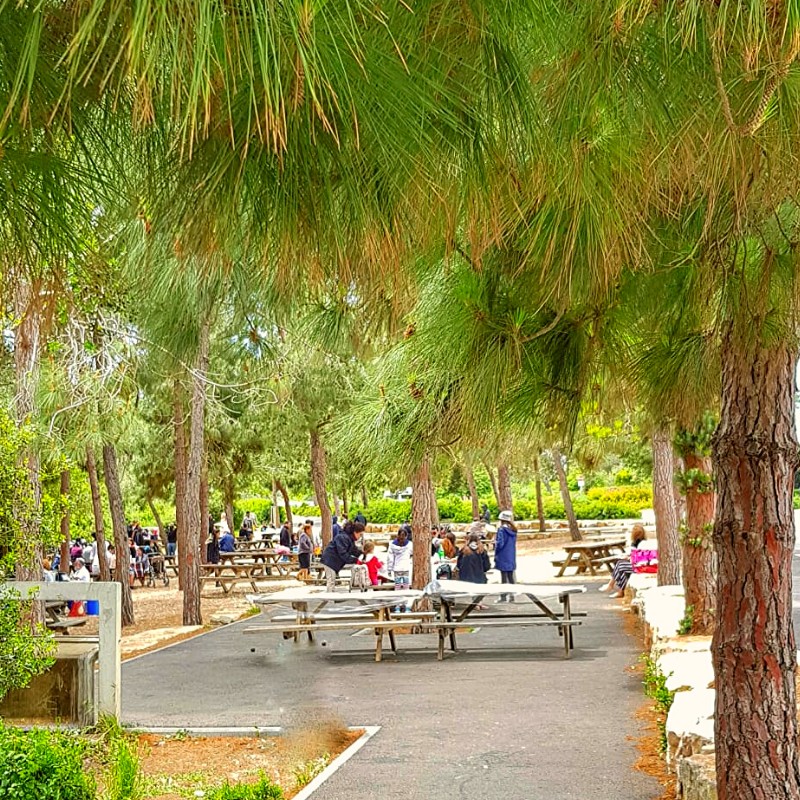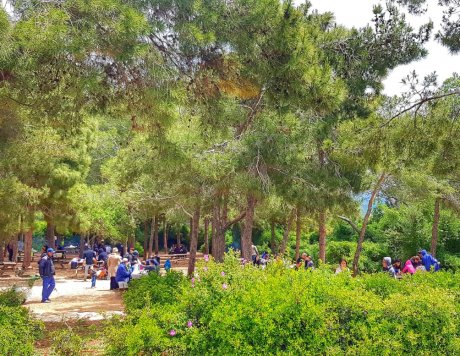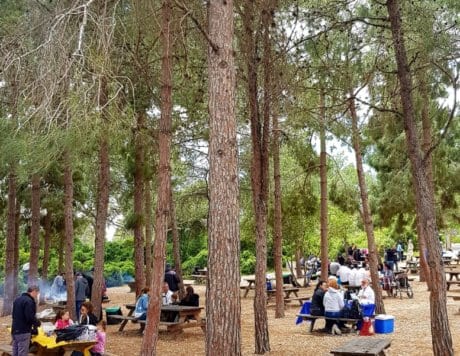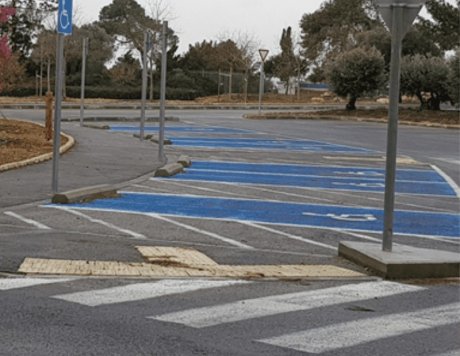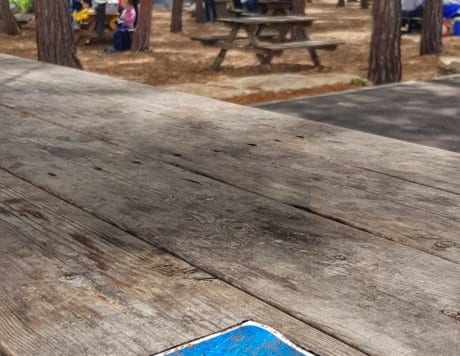The Fragrance Garden, established in 1985, is the youngest of the Memorial Gardens. Seeking a way to enable people with limited or no eyesight to enjoy the flowers, Mme. Dorothy de Rothschild initiated the Fragrance Garden
Who Pollinates Cyclamen persicum?
The breeding system and pollination of two Cyclamen persicum populations were investigated. Two differentiated populations were recognized, a hysteranthous “cliff” population flowering during Oct. – Jan. and a synanthous “field” population flowering from Dec. to April. The two populations are sympatric and are almost seasonally isolated except for a short flowering overlap.
C. persicum is olygophillic and pollination in the two populations is carried out by a small number of taxonomical different insect orders (Thysanoptera, Hymenoptera, and Diptera) but the species composition of most pollinators in each population is different.
Micropterix berytella (Micropterigidae, Lepidoptera) is present only in the synanthous population and belongs to an ancestral family. The flower formation allows this primitive moth to feed on C. persicum pollen and provides a shelter from rain and cold. In addition, the whole flower serves as a site for matting and laying eggs. The exclusive pendant flower also plays a role in solitary bees (Amegilla, Hymenoptera) pollination by enabling them to pollinate the flower by buzz-pollination. For the thrips (Thysanoptera) species that were found, the flower serves as a site for mating and the closed structure of the cone anthers provides a convenient shelter in the flower for the larvae with an abundant food supply.
Insect pollination has a decisive importance since we find that there is no wind pollination and the species is mostly self-incompatible.
———————————————————–
Racheli Schwartz-Tzachor: SPNI and Yad Hanadiv
Amotz Dafni: University of Haifa
Dan Eiskowich: Department of Plant Science, Tel Aviv University
Amotz Dafni and Dan Eiskowich
Ecology and Environment, vol. 6, nos. 3-4 (March 2001): pp. 196-204 [Hebrew summary]
Abstract (p. 204)
Any question? We will be glad to help
Of further interest...
Accessibility
Sustainability
Sustainable Gardening
Sustainable gardening is defined as gardening that considers the needs of the current generation without harming the needs of future generations. It includes garden design that considers the existing elements on site – the landscape, soil, environment and vegetation suitable for the region
Dining Here
Dining-The Picnic Site
The picnic area is located near the secondary parking lot. You are welcome to spend time there before or after your tour of the Gardens.


